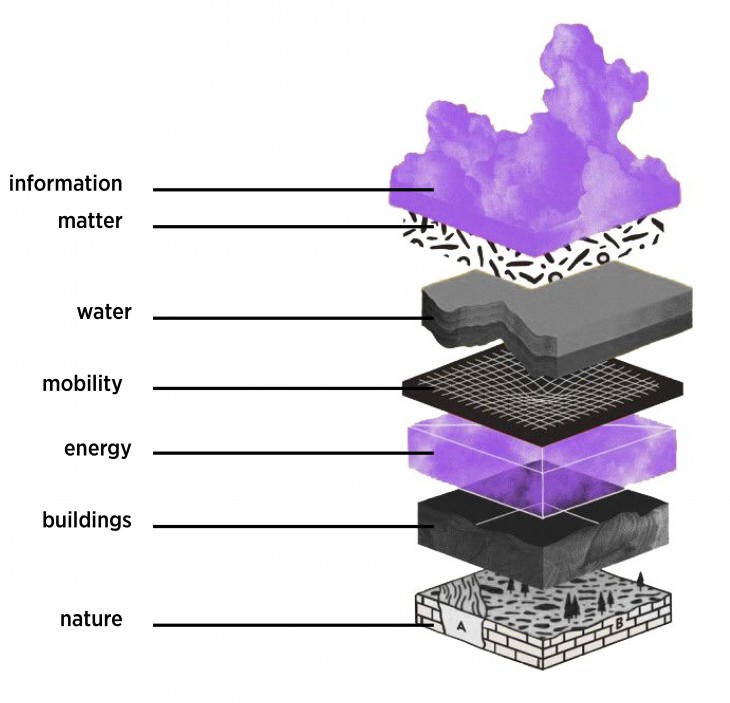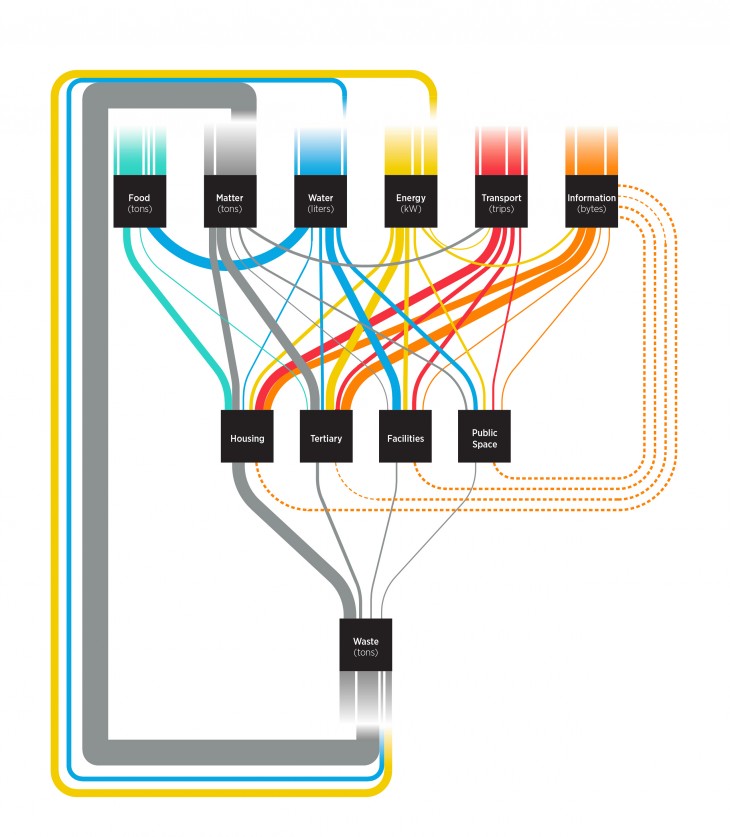With the growth expectations of global urban population in the coming years and taking into account that cities contribute 70% of the world’s CO2 emissions, rethinking the city for a better environmental performance is now a priority in the global agenda. World society has grown in cities, urban life is supposed to represent amplitude of opportunities for its inhabitants yet most have not evolved to respond to the demands of life in community.
As cities continue to grow, new questions arise: how can the city of the XXI century become sustainable? what are the conditions that will enable the development of cities for the future?
Throughout history, cities have been put under the scope; its conditions and components have undergone an excessive study. However, nowadays the availability of information and methods of obtaining data have enabled all types of agents from the most diverse backgrounds to study cities. Architects and urbanists are not an exception because of the big role they play on the materialization of the city.
In the occasion of the first Master in City & Technology in IAAC, the Studio tutored by Vicente Guallart and Rodrigo Rubio posed an even bigger question: can a city be self-sufficient?

To answer this, we examined the city as living organism. Starting from its anatomical systems, a deep research was developed around the main systems that keep the city functioning: water, energy, matter and mobility. This was backed up by studies centered on urban fabrics and the distributions of public spaces, facilities, housing and tertiary activities inside the city. The aim of this was to understand how the supply chain works for each cycle and how it affects the behavior and physical composition of the city. Thus, giving us insights about how by changing the metabolic processes of these cycles, we would be able to invert relations and make the city more autonomous but also more efficient in terms of resource management.

The exercise was not developed in a specific place, and although some variables from Barcelona were used (mainly environmental: weather, rainfall, radiation, etc.) the aim was to be as abstract as possible. This allowed us to approach every layer without the constraints of culture, economy or regulations in order to obtain sustainability guidelines that could be applied to any city in the world.
As a conclusion, the development and design of the self-sufficient neighborhood prototype made evident that in order to attain an efficient urban environment it is necessary to defy the existing rules of production and management of resources in the way they have worked until now. Although it would take time to invert processes, an effort from all different agents must be made to convert cities into liveable and sustainable habitats that respond to the environmental reality we live today.
Urban Planning for Self-Sufficient Neighborhood Prototype is a project of IaaC, Institute for Advanced Architecture of Catalonia developed at Master in City & Technology in 2015 by:
Student: Mayra López
Faculty: Vicente Guallart and Rodrigo Rubio
Assistants: Ruxandra Iancu and Alessio Verdolino